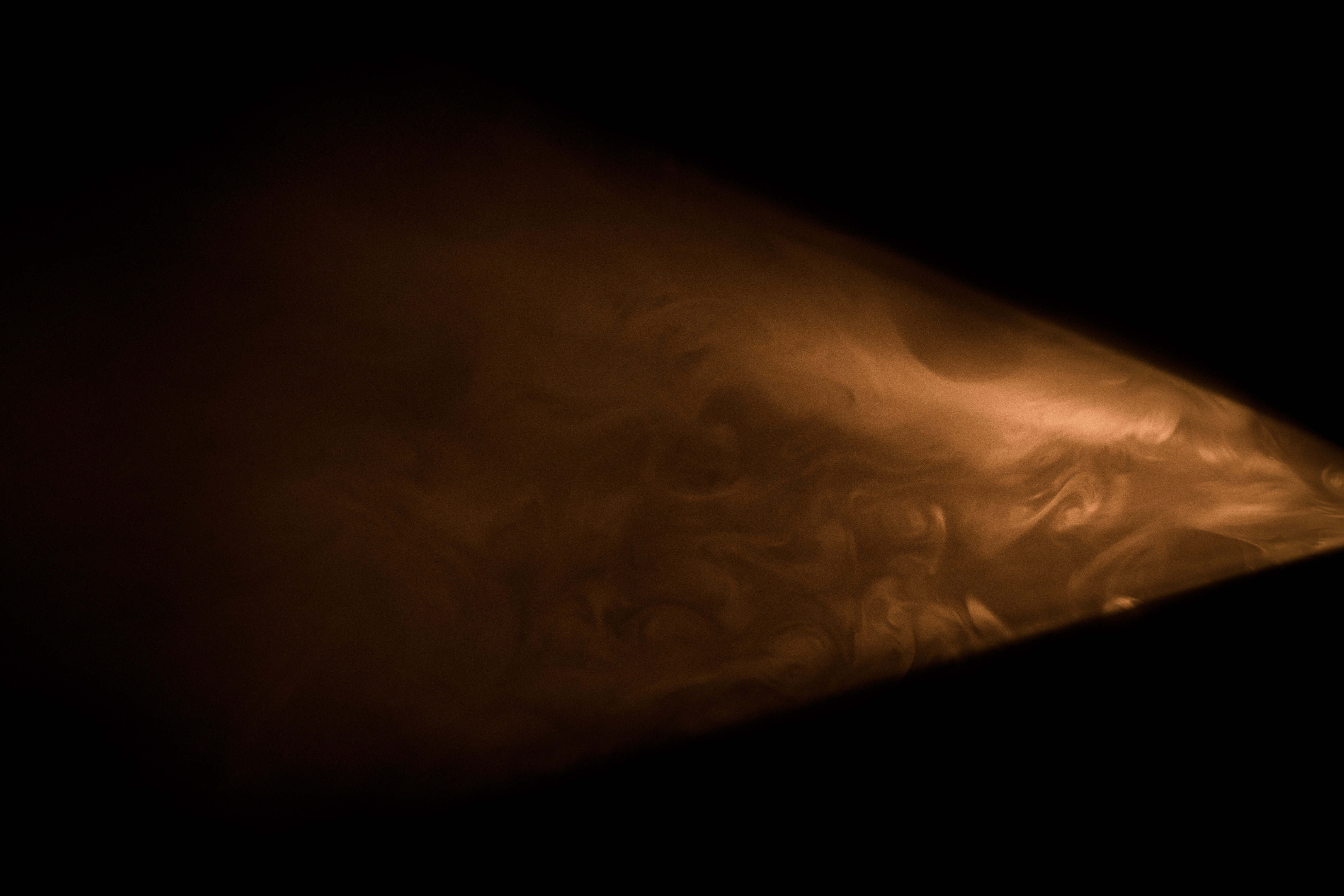
A team of scientists at Toshiba’s Cambridge research lab has made a major scientific breakthrough in the field of quantum cryptography.
The developments, published yesterday evening in the scientific journal, Nature, reveal a mechanism that extends the possible range of quantum key distribution (QKD) to over 500 kilometres of standard telecom fibre.
This advance, called Twin-Field QKD, could potentially allow for ultra-secure links between cities like London, Paris, Brussels, Amsterdam or Dublin.
Its security relies on encoding each bit of the key upon a single photon (particle of light) transmitted through an ordinary fibre optic cable. As any attempt to read the photons alters their encoding, this allows the secrecy of each key to be tested and guaranteed,.
“Unlike schemes that involve quantum repeaters, ours is feasible with current technology and presents manageable levels of noise even on 550 kilometres of standard optical fibre”, authors Andrew Shields, James Dynes, Marco Lucamarini and Zhiliang Yuan emphasised in the article.

Photon Can’t be Decrypted
Unlike other existing security solutions, quantum cryptography is likely to be secure from all future advances in mathematics and computing, even from the number crunching abilities of a quantum computer.
It is therefore expected to be an essential tool for protecting communication infrastructure from cyber-attacks in the future and putting businesses on the front foot when it comes to protecting operation-critical information.
“Twin-Field QKD would enable a bank in London to connect to a data centre in Leeds via a link that can guarantee the secure transmission of customer data”, Dr Andrew Shields, Assistant Managing Director at the Cambridge Research Laboratory said.
He added: “At present, the bank would have to place trust in intermediate nodes at secure, guarded locations between London and Leeds. Our breakthrough means that businesses can create a QKD network that connects their sites across the country for the first time.”
Light Pulses Meet in the Middle
Up until now, the typical range of QKD has been limited to a few hundred kilometers of optical fibre. This is because the photons carrying the information can be scattered and thereby lost from the fibre, reducing the rate at which secret keys can be formed. (The longest demonstration of QKD to date, over 404 kilometres of special low loss fibre had a secure key rate of 0.32 milli-bit/sec, or 1.15 bit/hour. For the new protocol a bit rate in excess of 100 bits/sec is expected for the same channel loss.)
In conventional QKD, single photons are sent from one end of the fibre to the other end. In contrast, for Twin-Field QKD, light pulses are sent from both ends of the fibre to a central location, where a photon is detected.
Provided it is impossible to tell which end of the fibre the photon came from, this technique effectively doubles the transmission distance at a given rate.
Although conventional systems may be daisy-chained together to increase the total transmission distance, this requires that the intermediate stations are in a secure location. In contrast, no physical protection in the central location is necessary for the security of Twin-Field QKD.

Professor Tim Whitley, head of research for BT, and MD of the 100 acre R&D hub Adastral Park, said: “This is a further important step in the commercial development of quantum cryptography.”
He added: “Our secure quantum communication showcase at Adastral Park already demonstrates how financial institutions can secure links between offices and branches and off-site data centres, which are prevalent throughout the financial sector. The application of twin-field QKD would extend that capability to sites anywhere in Europe, for example, making it possible to securely network an organisation at a national and international level.”
The team intends to demonstrate the viability of the new protocol experimentally in the coming year.







